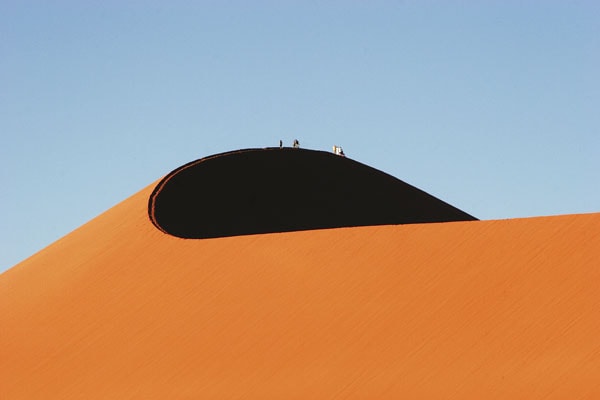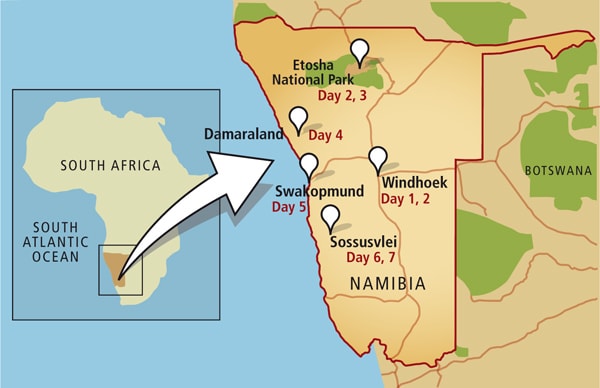
In A Pick-up Truck Meant for Two
Two newlyweds and 1,500 kilometres across Namibia
Nothing prepares you for Africa. For the thick red dust, the sticky, sultry air that envelopes you, for the white sun that beats down upon every bare shrub, every desiccated branch. Nothing prepares you for how unprepared you will be.
It’s a bit like marriage.
As a little girl, I had been an avid fan of Out of Africa, the film based on the life and writings of Baroness Karen Blixen. The film captures, beautifully, the last exciting time in the last wild place on earth, and it made me feel as if I really missed out on something wonderful by being born too late. I wanted to see the gorgeous vistas for myself, but I never got down to it. Until someone else brought it to me.
Nishant, my then-fiancé, had worked in Africa with the UN, and was intimately aware of her ability to contradict and astonish. We had spirited discussions, in the run-up to our wedding, on how we would do Africa, and we were determined not to be conventional in our approach.
Now he was my husband, and we were here. Him with the certainty that we would “maximise” our Africa experience, by driving 4,000 km through Namibia and then South Africa. Me armed with a Steig Larsson novel, a backpack that weighed more than I did and a firm conviction that he was insane.
At Windhoek, Namibia’s capital, the first thing we did was pick up our gleaming white 4x4 Nissan pick-up truck, who we christened “Walter”. Neither of us had ever driven a vehicle this size before, and we were as terrified as we were excited.
Windhoek sits in a basin between the Khomas Highland, and the Auas and Eros mountains, in almost the exact centre of Namibia. Jonker Afrikaner, a Nama leader, named the area ‘Winterhoek,’ after the farm in South Africa where he was born. Windhoek, or windy corner, is a corruption of this name. It’s home to approximately 200,000 people.
Nishant discovered we had no cable to link our iPod to Walter’s stereo — “Four thousand kilometres and no music? How could this happen?” — and spent the next morning feverishly scouring electronics stores. I took off on a sedate walking tour.
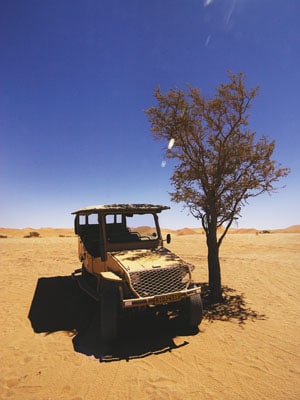
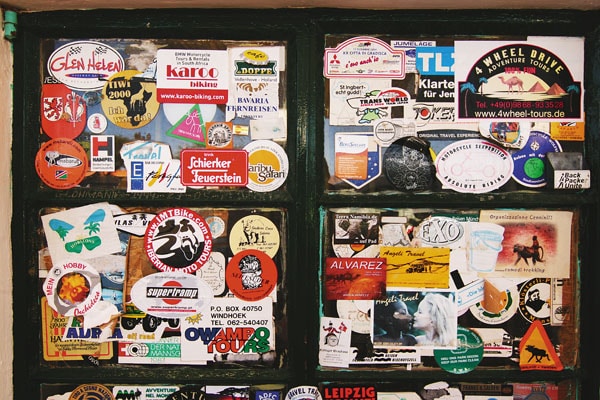

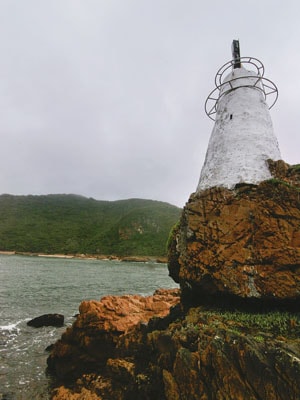 Next stop: Swakopmund, 350 km away. The exhaustion of the wedding festivities was beginning to tell, and Africa was giving us too much to absorb. Yes, the long drives were enjoyable, with so much time to think and reconnect with each other and ourselves. But we badly needed to rest and recoup.
Next stop: Swakopmund, 350 km away. The exhaustion of the wedding festivities was beginning to tell, and Africa was giving us too much to absorb. Yes, the long drives were enjoyable, with so much time to think and reconnect with each other and ourselves. But we badly needed to rest and recoup. 
